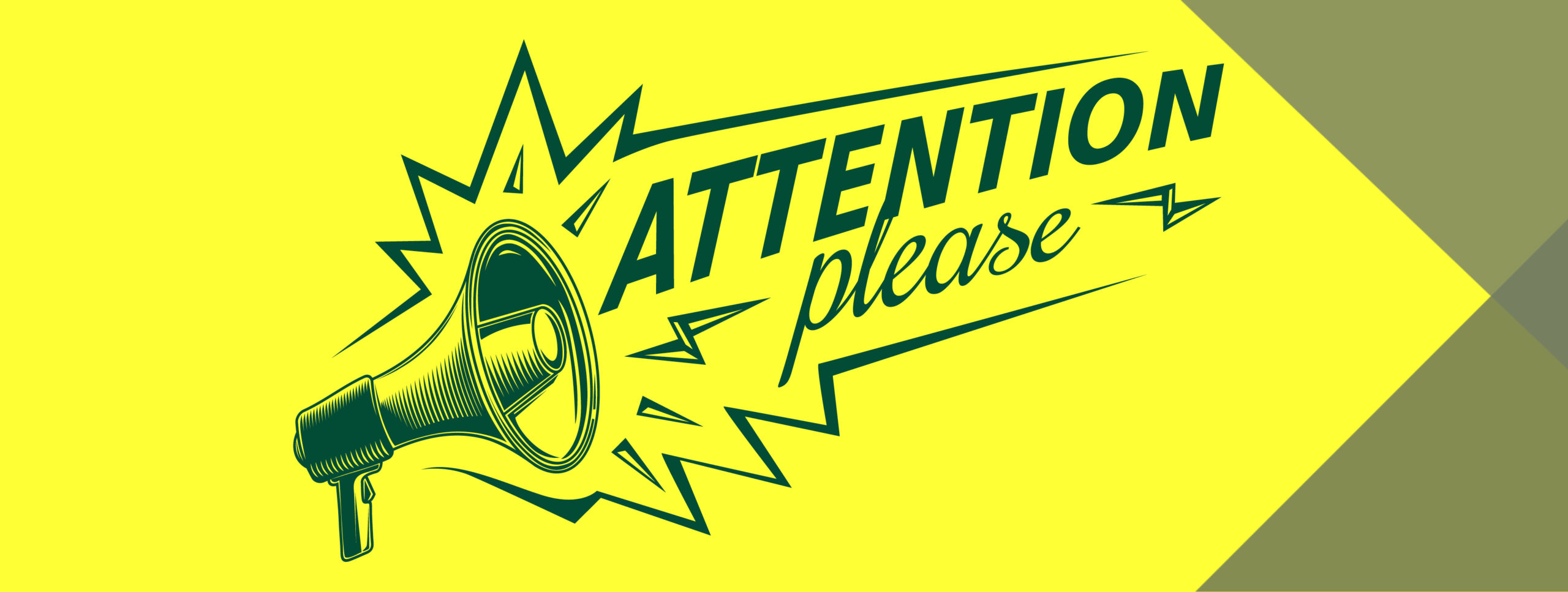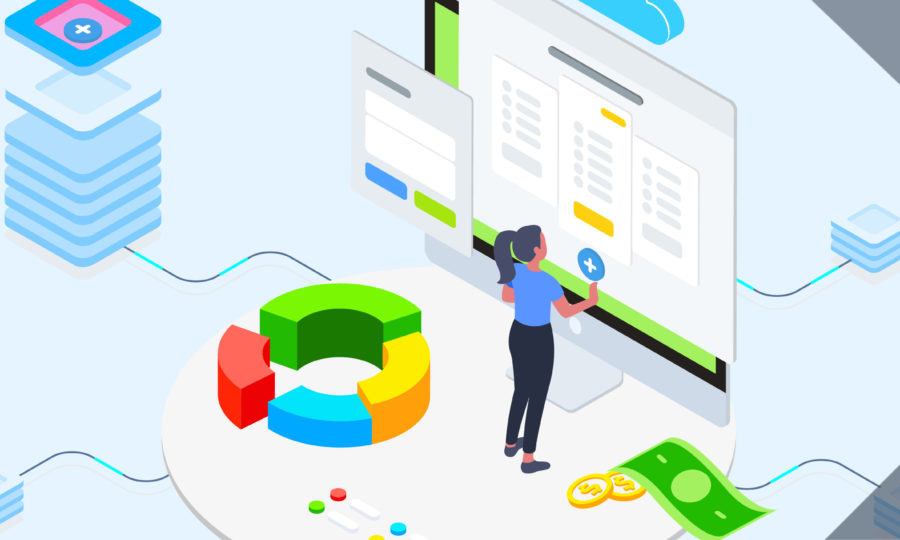Spring Into Demand Generation Action
Rob Seas Content Strategist & Copywriter
“Don’t judge each day by the harvest you reap but by the seeds you plant.” – Robert Louis Stevenson
Spring has arrived and with it, vaccines, increased business activity and renewed hope for a return to normal. Restaurants are reopening at capacity, live music is once again available and travel has resumed, albeit at a slower pace.
But some changes wrought by 2020 and the pandemic are here to stay. Last year, in particular, underscored the value of putting compelling digital content in front of your customers. Suddenly, all of us were experiencing the world in a far more virtual way than ever before. Customers and businesses could no longer interact in person on a regular basis. Telecommuting and online shopping became our new normal: we no longer had a choice. Consumers and businesses alike became far more adept and comfortable operating virtually. We found new and reliable online resources and apps to help us make purchasing decisions without leaving our homes or businesses.
In short, we experienced the world more virtually in 2020 than at any time in history — and we liked it (or at least some aspects). Telecommuting and online shopping paid dividends by giving us back time and energy. Why wouldn’t we hang on to the best of those time and energy saving practices?
Demand Generation
Which brings us to demand generation in 2021 and beyond. What changed? The need for quality demand generation content shifted into hyperdrive. As a result of the pandemic in 2020, we were all living with the pain point of having to operate more virtually than most of us were accustomed to. In particular, digital content became more important than ever, and the bar was raised simply by the increase in volume and quality of such content online.
Demand generation starts at the top of the funnel but should be integrated throughout. Whereas lead generation seeks to drive folks to your website where a strategically placed CTA awaits, demand generation plays a longer game by building trust and brand recognition. Done right, it helps position your brand as a thought leader.
Content is the sine qua non of effective demand generation. It should be smart, exciting and mobile-friendly. Quality content will position you to cast a wide net, raise awareness and take customers on a compelling, lifelong journey.
In order to generate demand successfully, you need to know your customer and their pain points intimately. Who are they? How do they buy? What are the problems they struggle with?
Demand generation starts at the top of the funnel but should be integrated throughout. At the top, you’re not selling anything but simply answering questions and educating with your content. You are an expert in your business and industry. Use that expertise to appeal to potential customers. Dispense it online, just as you would if a customer entered your brick and mortar store.
Below are examples of typical content choices at the various levels of the sales funnel:
 Top of funnel (awareness / interest)
Top of funnel (awareness / interest)
- blogs posts, articles
- videos
Middle stage (consideration / intent)
- webinars
- case studies
Late stage (evaluation / purchase)
- white papers
- gated content
While creating content does take time, small businesses can compete in this area without the costs associated with expensive marketing plans. One strategy is to empower customers to create and upload content on social media or company-created and managed platforms. Often, such organic content is viewed as more genuine and trustworthy. The fact that it’s not professionally produced lends such content authenticity. According to Adweek, 85 percent of consumers are more influenced by user-generated content than the content produced directly by brands.
User-generated content examples include images, videos, text and audio. And you can creatively repurpose existing content. For example, you could develop FAQ offerings based on email inquiries your business has fielded. WordPress even offers free and paid plugins to facilitate the creation and curation of user-generated content.
GoPro offers a user-generated content strategy that was so powerful, they ultimately built it into their business model. Once a small online retailer, the company handed the keys of their brand to their customers, a community of amateur filmmakers that included extreme athletes, adventurers and adrenaline junkies. The result: GoPro now has 17.8 million followers on Instagram, 2.2 million followers on Twitter and 10.3 million subscribers on YouTube.
Nike offers an example of another type of demand generation campaign run further down the sales funnel by an established company. Nike, Inc., which owns the Nike, Converse, Hurley and Jordan brands, hardly suffers from a lack of demand in their market. Yet they work to actively maintain and nurture that demand through innovative email campaigns. When Nike customers opt-in for the company’s email newsletter, they’re asked to provide some personal information that the company then uses to personalize additional, targeted emails.
Emails with personalized subject lines can generate 50 percent higher open rates, and Nike capitalizes on this by working beyond acquisition to build and maintain loyal, engaged customers. Their initial personalized emails ask customers to join NikePlus, a member platform with exercise and shopping apps, access to Nike experts who can help you pick the right shoes and other exclusive perks. At every step of the sales funnel, they’re learning more about the customer and putting that information to work to generate more demand.
These are just a couple of examples of how to integrate demand generation throughout your sales funnel. It’s never too late to begin playing the long game of demand generation. Just like a well-placed stock bet, it can pay dividends for many years to come and help build sustainable demand for your products and services.
Are you ready to get started? If you’re interested in learning more would like one-on-one consultation, get a hold of me! I’m at rob@kineticmc.com.
Rob Seas
Content Strategist & Copywriter
Rob graduated from Syracuse University with a degree in Journalism, held a variety of editorial positions across the country and has worked as a freelance web developer for companies large and small, ranging from startups to international corporations like Visa, The Nature Conservancy, and Levi Strauss & Co. before joining Kinetic Marketing in 2021.
Read more about Rob

